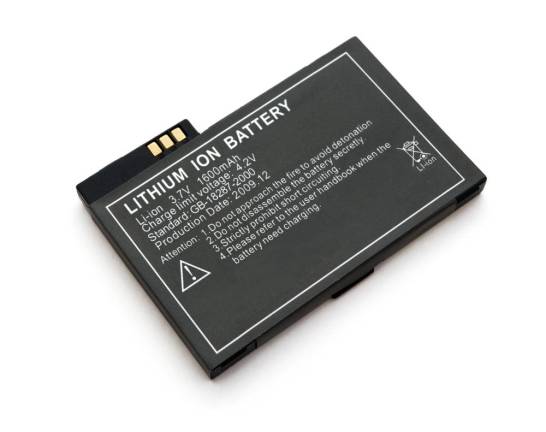Lithium-ion batteries blamed for fires
Frequent battery use, infrequent fires



By Victoria Hoffman
Lithium-ion batteries are the most common rechargeable batteries used in standard electronics, including smartphones, tablets, laptops, electric bikes and scooters, vaping devices, tools and even electric toothbrushes. They have been the source of multiple fires in the area.
A laptop battery charger in West Milford, N.J., caused a fire in January, according to West Milford Fire Marshal Michael Moscatello.
He explained that the lithium-ion batteries can heat up particularly quickly. “Some of them are volatile when the batteries go into thermal runaway,” Moscatello said. “They actually explode and pop depending on the size of the battery and ignite very quickly.”
Thermal runaway occurs when “lithium-ion cells enter an uncontrollable, self-heating state,” according to the UL Research Institute.
Moscatello said his department responded to a fire several years ago when someone charged the battery with a faulty charger, causing the battery to malfunction.
A puncture, defect or even using the wrong charger could set off a lithium battery. A lot of battery fires are caused by the use of incompatible or charging devices, or replacing old batteries with cheaper knockoffs at a lower cost that are “not always built to the proper standards,” according to Orange County Fire Coordinator Vini Tankasali.
Battery fires are particularly difficult to put out. “There’s no defined procedure for fire departments to take to extinguish these,” said Tankasali. “There’s nothing on a national level, or an industry-standard level because it’s a new technology still.”
In July, a fire broke out at the Convergent Energy lithium-ion battery storage facility on County Route 1 in Warwick, N.Y. and smoldered for days.
As the fire at the storage facility burned, Convergent Energy and Power released a statement explaining that water could not be used to put the fire out: “Industry best practice is maintaining a safe distance and allowing combustible material to deteriorate. It is not recommended to use water to suppress a battery storage fire.”
Lithium-ion batteries have multiple cells, and fires within the batteries “may appear to be extinguished if we were to use water,” explained Tankasali. “Meanwhile, in the background, what we may not see is that there’s actually still a reaction occurring, and these fires may reignite after they appear to be extinguished. So that’s why they’re concerning.”
Orange County contacted industry professionals on the national level for guidance on how to respond to the blaze at the Warwick storage facility. Tankasali said letting the fire smolder was determined to be the best course of action because there was no risk of the fire spreading to other buildings.
The storage facility burned for approximately three days.
Milford, Pa. Fire Department Deputy Chief Eric Passaro said ion battery use is “becoming more popular in the area.”
“The number one hazard is that when they overheat, they burn at a higher temperature and are a little more difficult to put out. So they require certain applications of firefighting foam,” said Passaro. “And sometimes they require the use of additional foam or additional resources to put them out if the fire from the battery has spilled over into a building or a home.”
While they are difficult to extinguish, the lithium-ion battery fires are not “prevalent” in the area, according to Tankasali. However, said Tankasali, it is possible that past fires with unknown causes could have lithium-ion batteries to blame.
“This is a new topic that has come to the forefront in the last, recent couple of years,” said Tankasali. “My personal view is that there may have been some of these fires caused in previous years...we weren’t aware of this type of fire within these batteries – there could very well have been some of these and we were not looking for it at that time.”
Added Tankasali: “We have had some fires where we were not able to determine the actual cause, and there were battery devices within the area.”